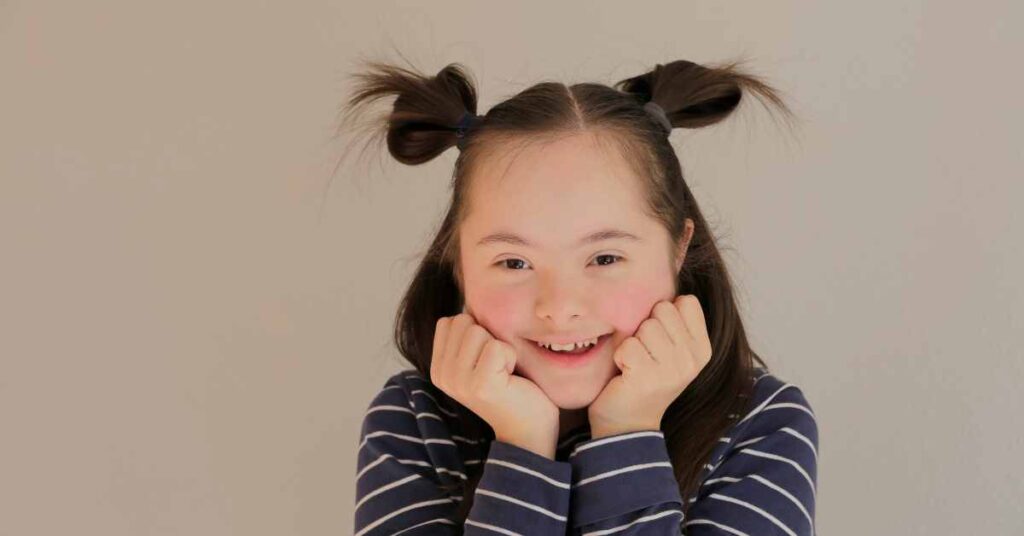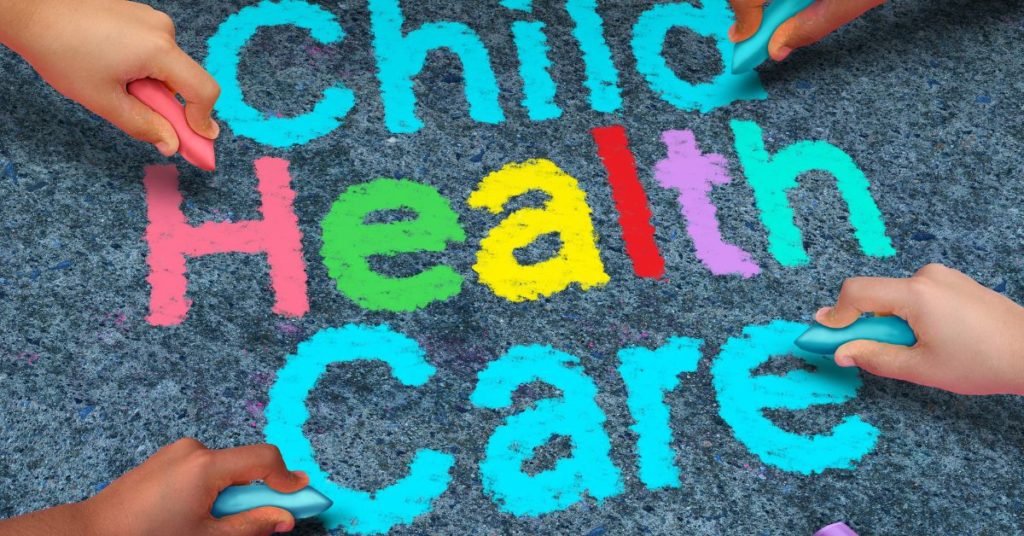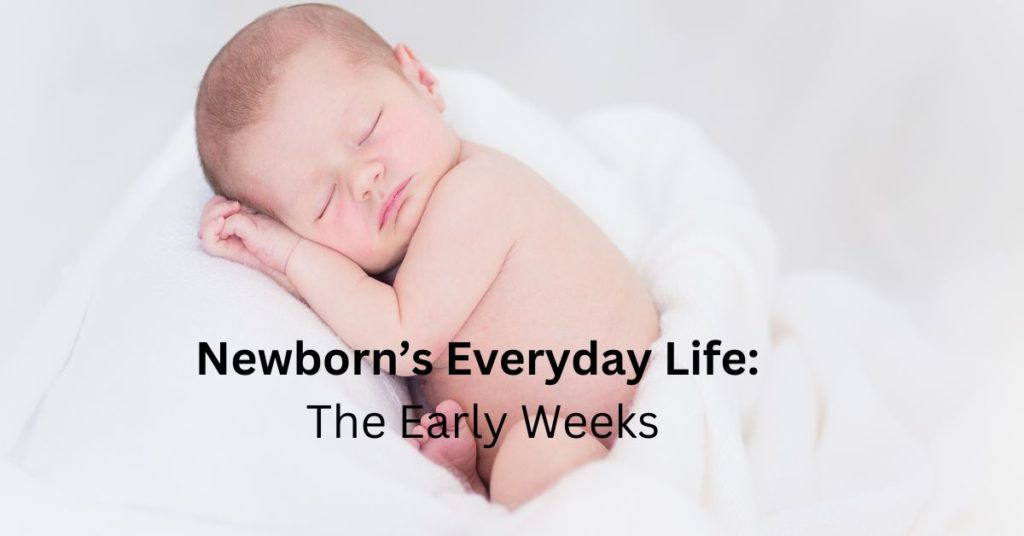Table of Contents
Connective Tissue and its essential function in the body
If you have already encountered such health issues as scoliosis, kyphosis, various deformities of the chest, flat feet, “spider” fingers, tooth structure disorders, increased joint mobility, myopia, and many others (you will read about this below), it means that you already know about Connective Tissue Dysplasia.

Connective tissue dysplasia, also known as heritable disorders of connective tissue (HDCT), refers to a group of genetic conditions that affect the development and function of connective tissue in the body. Connective tissue is a type of tissue that provides support, strength, and elasticity to various organs and structures in the body.
Before describing this pressing health problem, I would like to briefly talk about the connective tissue itself to understand the whole essence of the problem from the inside, as it is.
Connective tissue (CT) occupies a special place in the body and is represented in all organs and tissues, making up more than half the body weight.
Connective tissue is considered the actual internal environment of the body. It performs various vital functions, providing the structure of organs, support function, immunological protection, and water-salt balance. It is characterized by universality, specialization, multi-component, polymorphism of cellular systems, polyfunctionality, and a high ability to adapt.
Violation of the structure and function of connective tissue plays a considerable role in developing chronic diseases of internal organs.
The types of Connective tissue:
- Dense connective tissue is involved in the formation of the reticulate layer of the dermis, periosteum, ligaments, tendons, fascia, and fibrous membranes.
- Connective tissue with specialized properties is represented by mucous, adipose tissue, reticular tissues, blood, and lymph.
Despite the external differences between these types of tissues, they all differ in the remarkable constancy of structural elements. Connective tissue consists of cellular factors and protein fibers. From the blood plasma, immune antibodies, metabolites, proteins, vitamins, hormones, and ions enter the ground substance of Connective Tissue.
In the picture below, you can see the structure of the Connective Tissue.

Summary:
- Connective tissue exists in the body everywhere.
- There is no single organ or physiological system where it would not be.
- All organs and tissues connect with Connective Tissue through Blood and Lymph, which are the types of its.
- Therefore, it is essential to understand that structural and functional connective tissue disorders play a considerable role in developing chronic diseases of internal organs. In medicine, this is underestimated.
- To prevent chronic diseases of various organs and systems of the body, you have to recognize disorders of Connective Tissue in the early stages of life and take measures to prevent the occurrence of dysfunctions of this tissue.
Visible signs of Connective Tissue Dysplasia in Children: How do you know if your child has a risk of developing health problems?

In the last 30 years, scientists have paid attention to a group of diseases associated with hereditary pathology of the connective tissue, characterized by a decrease in its strength, structural anomalies of organs and systems, and various disorders of the functions of the connective tissue itself without signs of inflammation.
Such abnormalities of the tissue structure are commonly referred to as connective tissue dysplasia (CTD). The base of CTD is some defects in the synthesis of different types of collagens.
Structural transformations of fibrils lead to disorders at the level of tissues and organs, which is realized in polymorphic organ pathology.
The reason for the development of CTD can be both genetic defects and exposure to mutagenic factors during pregnancy.
As you know, connective tissue is formed from the first days of fetal life. With an abnormal course of pregnancy, there is a deficiency of the components from which the connective tissue is built, and severe developmental anomalies occur.
With a deficiency of connective tissue components, there is a violation of the functioning of many organs and systems.
CT dysplasia is classified into two groups:
- The first group includes systemic hereditary syndromes based on well-known gene defects: Marfan syndrome, Ehlers-Danlos syndrome, and others.
- The second group includes undifferentiated CT dysplasia (UCTD) with various lesions of the heart, kidneys, respiratory organs, musculoskeletal system, skin, and gastrointestinal tract.
Unlike differentiated CTD dysplasia, undifferentiated dysplasia is a genetically heterogeneous pathology caused by changes in the genome due to multiple intrauterine effects on the fetus. Gene pathology in UCTD remains unidentified. The main characteristic of these dysplastic manifestations is a wide range of clinical changes without a definite, clear clinical picture. As observations of the families of patients with UCTD show, signs of connective tissue dysplasia are accumulated in subsequent generations.
The independent clinical significance of CTD syndrome is confirmed by data on the high frequency of mental changes, neurovegetative disorders, and concomitant pathology of internal organs, including signs of immunodeficiency.
Currently, many phenotypic signs of CTD and micro anomalies have been identified. These are conventionally divided into external, detected during physical examination, and internal, that is, signs of CTD from the central nervous system and internal organs.
Clinical manifestations of CTD vary, manifesting differently in children of different ages.
Various musculoskeletal system abnormalities, skin, and eyes are considered peculiar phenotypic markers of CTD.
The signs and symptoms of connective tissue dysplasia can vary widely depending on the specific type of disorder and the severity of the condition. In children, some common phenotypic signs of connective tissue dysplasia may include:
- Joint hypermobility: Children with connective tissue dysplasia may have loose or hypermobile joints that allow them to move their limbs beyond the normal range of motion.
- Skin abnormalities: Children with connective tissue dysplasia may have stretchy, thin, or easily bruised skin. They may also have small, soft, flesh-colored bumps on their skin called “nevi” or “skin tags.”
- Eye problems: Some types of connective tissue dysplasia can affect the eyes, leading to nearsightedness, astigmatism, or other vision problems.
- Cardiovascular issues: Certain types of connective tissue dysplasia can affect the heart and blood vessels, leading to conditions such as mitral valve prolapse, aortic aneurysm, or other cardiovascular problems.
- Skeletal abnormalities: Children with connective tissue dysplasia may tend to develop scoliosis or an abnormal spine curvature. They may also have a narrow chest or a long, thin body type.
It is important to note that not all children with connective tissue dysplasia will have all of these signs and symptoms. Some children may have additional or different features depending on their specific type of disorder.
If you suspect that your child may have connective tissue dysplasia, it is essential to consult with a healthcare professional for proper diagnosis and management.
The detection of 3 – 5 anomalies indicates a slight excess of the limit number and dictates the need for medical examination due to the possibility of disease progression.
A level of 6-8 micro anomalies indicates a pronounced hereditary CTD.

What Complications can appear if a Child has signs of Connective Tissue Dysplasia?
There needs to be sufficiently accurate data on the prevalence of CTD syndrome. Researchers say this indicator is approximately 30,0 – 58.3%. In recent years research mainly focuses on the syndrome of CTD of the heart, which includes prolapse of the valves, myxomatous thickening of the valve leaflets, abnormal chords in the ventricles, and dystopias of the heart septum.
Interest in this problem is due to the possibility of severe complications:
- acute disruption of cerebral blood circulation,
- rhythm disturbances,
- premature death.
The social nature of the problem CTD is the detection of the specified changes in persons of young age. They have certain psychological features.
Children with undifferentiated CTD suffer from inflammatory processes of the upper respiratory tract, lungs, kidneys, and skin, thrombocytopathies, and hemorrhagic syndrome.
Propensity to inflammatory processes of the mucous membrane of the stomach and intestines is one of the complications of connective tissue dysplasia on the part of internal organs.
There are separate data that patients with CTD syndromes often (70.0- 80.0%) have chronic gastrointestinal pathology: esophagitis, chronic gastroduodenitis, gastroptosis, gastroesophageal and duodenogastric reflux, dyspancreatism, cholecystitis or dyskinesia of the gallbladder against the background of their developmental abnormalities, colitis, dysbacteriosis.
The idea of connective tissue as a universal structure with various functions explains its participation in developing many diseases.
Summary: Connective tissue pathology is a base of the formation of chronic diseases in children and is associated with an expressed immunodeficiency. Many connective tissue disorders carry high risks for life-threatening heart and blood vessel conditions. The gastrointestinal tract, which contains a lot of collagen, is also impacted by the subsequent development of inflammatory-destructive damage.
1. Zernova E.S. // Scientific Review. Medical Sciences. – 2017. – No. 4. – P. 21-25; URL: https://science-medicine.ru/ru/article/view?id=1007
2. Yakovleva, I. (2016). Endoscopic and morphological features of gastroduodenal pathology in adolescents with connective tissue disorders. Journal of Gastrointestinal & Digestive System, 6, 7(Suppl), 67.
http://dx.doi.org/10.4172/2161-069X.C1.044
3. Yakovleva, I., & Bogmat, L.F. (2021). Impact of Collagen Disorders on the Formation of Gastroduodenal Pathology in Children and Adolescents. EC Paediatrics 10.8 .
What are the early signs of Connective Tissue Dysplasia?
The earliest sign of СT dysplasia can be detected from the first months of life. This symptom is hip dysplasia.
According to statistics, hip dysplasia is detected in 20% of newborns. And it’s mostly girls.
It is possible to determine or suspect pathology in children by the following classic signs:
1) Asymmetry of the folds on the legs of the child. In a child with articular disorders, the folds on the legs brought together do not match, and their depth and length are also different. Only the asymmetry of the inguinal and popliteal folds and those under the ass will be informative. The folds on the hips may not match in healthy babies;
2) Difficulty abducting the hip to the side. The legs of a healthy baby can be easily bent at the knees and spread at the hip joints so that they touch the table’s surface, while the angle between the body and the joint will generally be 80-90 degrees. If taking one or both legs to the side is impossible, there is every reason to assume the baby has dysplasia or hip dislocation. However, this sign is only sometimes reliable. If the baby is excited, nervous, or scared, he will resist any manipulation of his legs, and it will not be easy to spread them apart;
3) Hip shortening syndrome. If the child’s legs are bent at the knees and hip joints, one knee will be lower in case of violations. This is a symptom of a severe form of dysplasia – hip dislocation;
4) Symptom of slipping (clicking). When the bent legs of the child are moved to the sides and brought back to their original state with hip dysplasia, a slight click is heard. It is a sign that the head of the joint that has lost contact with the acetabulum has returned to it and moved away again. This sign disappears when the baby turns one month old, so it is informative only for the first few weeks of a child’s life.
In any case, you should never diagnose a child’s hip dysplasia on your own. Only an orthopedist can interpret dysplasia symptoms and accurately determine the presence of disorders.
What are the prevention measures for Connective Tissue Dysplasia?
Connective tissue dysplasia is a heritable disorder of connective tissue. It is a genetic condition and the basis for various chronic diseases and psychological issues, so no specific measures can prevent it.
However, there are some steps that children with connective tissue dysplasia and their parents can take to manage their condition and protect from further development of dysplasia in many organs and body systems and reduce the risk of complications:
1. Regular medical check-ups: children with connective tissue dysplasia should receive regular medical check-ups to monitor their condition and detect potential complications early.
2. Avoid certain activities: Individuals with connective tissue dysplasia should avoid activities that can put excessive stress on their joints or increase the risk of injury, such as contact sports or high-impact exercise.
3. Physical therapy: Physical therapy can help improve joint stability, strength, and flexibility in children with connective tissue dysplasia. Your Health Coach or Pediatrician can design a customized exercise program that is safe and effective for the children´s specific needs.
4. Lifestyle modifications: Children with connective tissue dysplasia may benefit from lifestyle modifications such as maintaining a healthy weight, proper healthy nutrition, avoiding smoking, and regular exercise to reduce the risk of complications.
What to remember
It is important to note that the management of Connective Tissue Dysplasia and prevention of chronic diseases formed on the background of this disease can vary depending on the specific type of disorder and the severity of the condition. Working closely with a healthcare professional for proper diagnosis and management is essential.If you want to protect your child from the danger of chronic diseases and psychological problem development, check up on how many signs of Connective Tissue Dysplasia your child has.
Thank you for reading this article on Connective Tissue Dysplasia in children. We hope that it has provided you with useful information and insights into this condition.
If you found this article helpful, please consider sharing it with your friends and family who may benefit from this information.
To receive more updates and insights on child health and well-being, please subscribe to our newsletter on Child Health Creation. We are committed to providing you with valuable information and resources to help you and your family stay healthy and happy. Thank you for your support!





